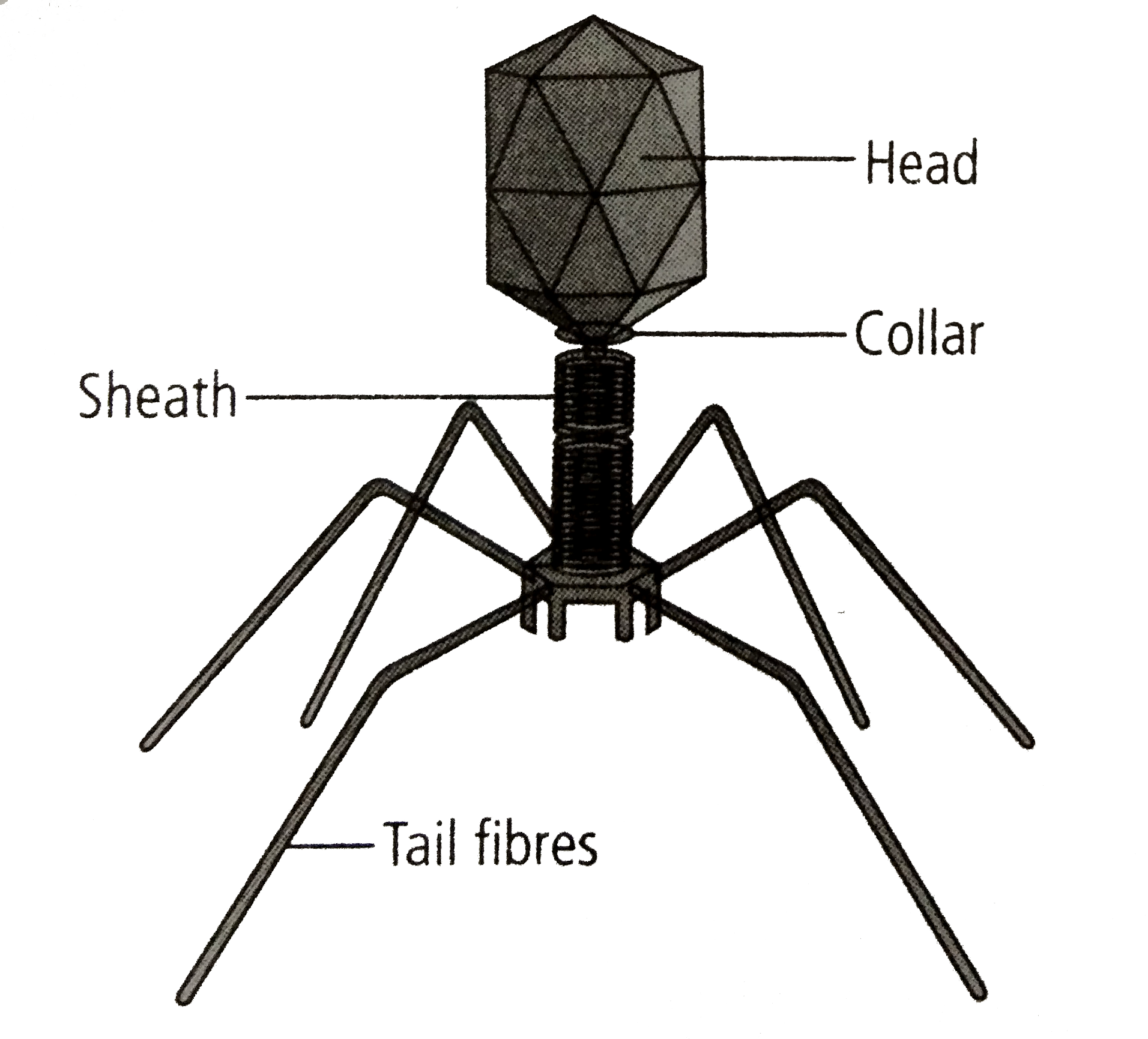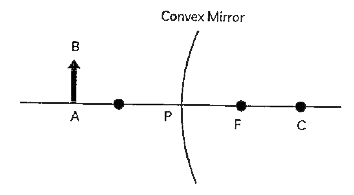A solid conducting object with a non-uniform curvature is given a charge Q. Select the correct option.
Charge will be uniformly distributed on its outer surface
Charge will be uniformly distributed over its volume
Charge will be non-uniformly distributed over its outer surface with more concentration of charge where the radius of curvature is small
Charge will be non-uniformly distributed over its outer surface with more concentration of charge where the radius of curvature is large
The correct Answer is:C
To solve the question regarding the charge distribution on a solid conducting object with non-uniform curvature, we can follow these steps:
1. Understanding Charge Distribution on Conductors:
- In a conductor, electric charges are free to move. When a charge Q is given to a solid conducting object, the charges will redistribute themselves until electrostatic equilibrium is reached.
Hint: Remember that charges in a conductor move until they reach a state where the electric field inside the conductor is zero.
2. Surface Charge Distribution:
- The charges will reside on the surface of the conductor. This is because charges repel each other and will move as far apart as possible, which is on the surface.
Hint: Think about why charges prefer to be on the surface rather than inside the conductor.
3. Non-Uniform Curvature:
- Since the object has a non-uniform curvature, the radius of curvature (ROC) varies at different points on the surface. The surface charge density σ (charge per unit area) is related to the radius of curvature.
Hint: Recall that the surface charge density is influenced by the geometry of the conductor.
4. Relationship Between Charge Density and Radius of Curvature:
- The surface charge density σ is inversely proportional to the radius of curvature (ROC):
σ∝1ROC
- This means that where the radius of curvature is small (sharp edges or points), the surface charge density will be high. Conversely, where the radius of curvature is large (flatter areas), the surface charge density will be low.
Hint: Consider how sharp edges can accumulate more charge compared to flatter surfaces.
5. Conclusion on Charge Distribution:
- Therefore, the charge distribution on the surface of the conductor will be non-uniform. There will be a higher concentration of charge where the radius of curvature is smaller, and a lower concentration where the radius of curvature is larger.
Hint: Visualize the conductor and imagine how charges would distribute themselves based on the shape.
Final Answer:
The correct option is: Charge will be non-uniformly distributed over its outer surface with more concentration of charges where the radius of curvature is small.
- In a conductor, electric charges are free to move. When a charge Q is given to a solid conducting object, the charges will redistribute themselves until electrostatic equilibrium is reached.
- The charges will reside on the surface of the conductor. This is because charges repel each other and will move as far apart as possible, which is on the surface.
- Since the object has a non-uniform curvature, the radius of curvature (ROC) varies at different points on the surface. The surface charge density σ (charge per unit area) is related to the radius of curvature.
- The surface charge density σ is inversely proportional to the radius of curvature (ROC):
σ∝1ROC
- This means that where the radius of curvature is small (sharp edges or points), the surface charge density will be high. Conversely, where the radius of curvature is large (flatter areas), the surface charge density will be low.
- Therefore, the charge distribution on the surface of the conductor will be non-uniform. There will be a higher concentration of charge where the radius of curvature is smaller, and a lower concentration where the radius of curvature is larger.
The correct option is: Charge will be non-uniformly distributed over its outer surface with more concentration of charges where the radius of curvature is small.
Topper's Solved these Questions
- ELECTRIC CHARGES AND FIELDS BOOK - MODERN PUBLICATIONCHAPTER - ELECTRIC CHARGES AND FIELDS EXERCISE - COMPETITION FILE ( Objective Question (BA.MCQ) )
26 Videos
- ELECTRIC CHARGES AND FIELDS BOOK - MODERN PUBLICATIONCHAPTER - ELECTRIC CHARGES AND FIELDS EXERCISE - COMPETITION FILE ( Objective Question (BA.MCQ))
3 Videos
- ELECTRIC CHARGES AND FIELDS BOOK - MODERN PUBLICATIONCHAPTER - ELECTRIC CHARGES AND FIELDS EXERCISE - Revision Exercises (Numerical Problems )
7 Videos
- DUAL NATURE OF RADIATION AND MATTER BOOK - MODERN PUBLICATIONCHAPTER - DUAL NATURE OF RADIATION AND MATTER EXERCISE - CHAPTER PRACTICE TEST
15 Videos
- ELECTROMAGNETIC INDUCTIONBOOK - MODERN PUBLICATIONCHAPTER - ELECTROMAGNETIC INDUCTIONEXERCISE - CHAPTER PRACTICE TEST FOR BOARD EXAMINATION
14 Videos
Similar Questions
Knowledge Check
Refer to given figure and select the correct option.
 AX type of joint shows no movement at all.BY type of jointt is also present in our elbow.CX type of joint is also found in between vertebrae.DBoth (a) and (b)
AX type of joint shows no movement at all.BY type of jointt is also present in our elbow.CX type of joint is also found in between vertebrae.DBoth (a) and (b)Refer to the given figure and select the correct option.
 AIt is a virus that infects plant.BIt is a virus that infects animals.CIt is a virus that infects insects.DIt is a virus that infects bacteria.
AIt is a virus that infects plant.BIt is a virus that infects animals.CIt is a virus that infects insects.DIt is a virus that infects bacteria.Look at the figure given below and select the correct option.
 AImage formed is virtual, erect and magnifiedBImage formed is virtual, erect and diminishedCImage formed is real, inverted and magnifiedDImage formed is real, inverted and diminished.
AImage formed is virtual, erect and magnifiedBImage formed is virtual, erect and diminishedCImage formed is real, inverted and magnifiedDImage formed is real, inverted and diminished.

Refer to the given figure and select the correct option.
View SolutionStudy the given compound and select the correct option
View SolutionIdentify the given figure and select the correct option.

View SolutionRefer to the given figures and select the correct option.

View SolutionRefer to the given figures and select the correct option.

View Solution


